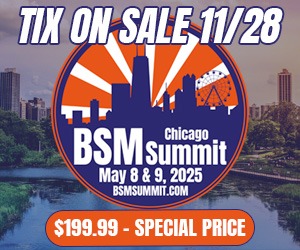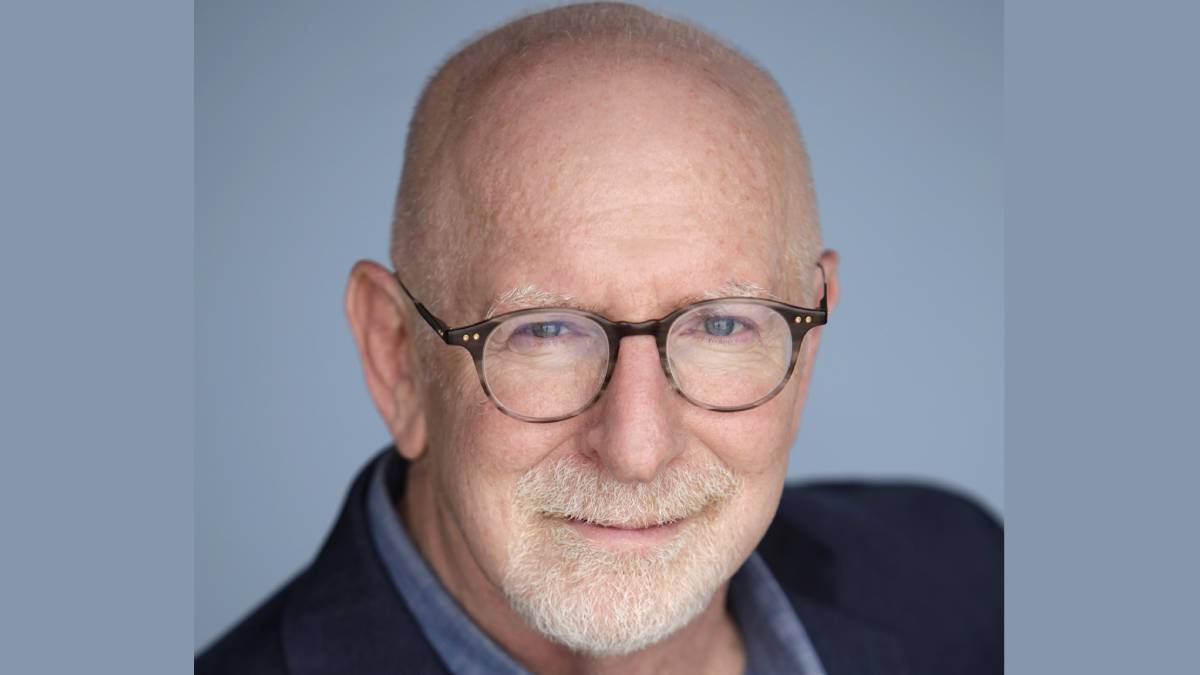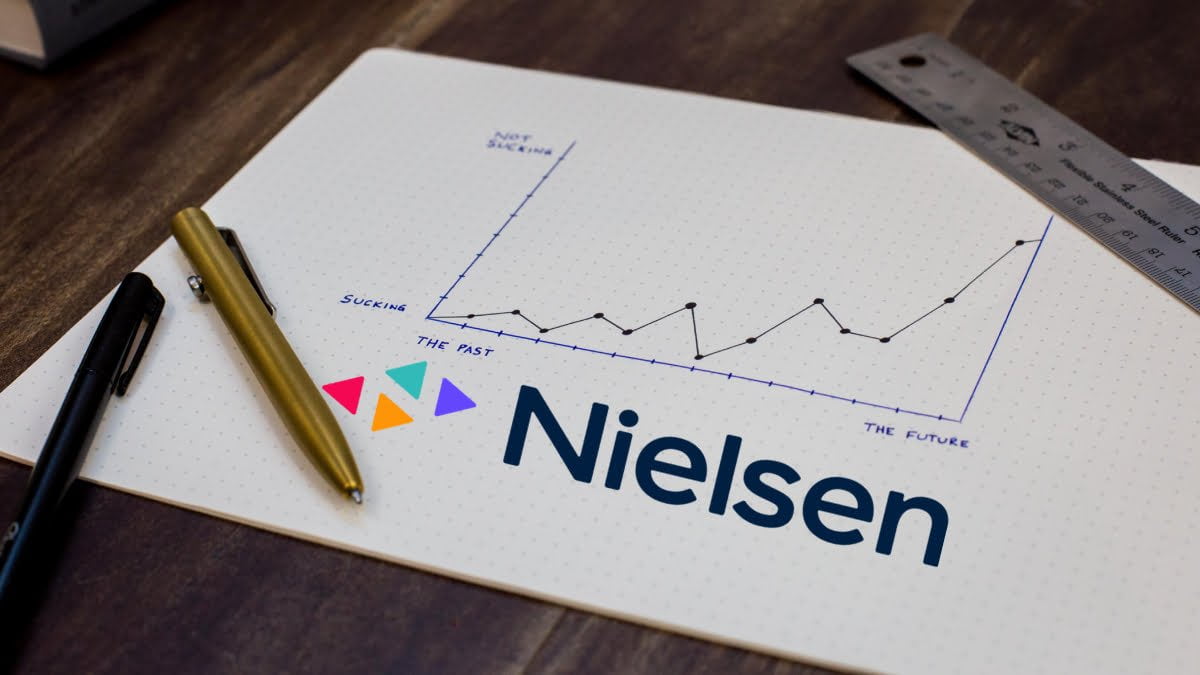In February, I wrote a column previewing the Jacobs Media annual CES webinar. In preparing for that column, I conducted a far-ranging interview with Jacobs Media President, Fred Jacobs.
Over the last four decades, Fred Jacobs has been one of the most important and influential people in the radio industry.
During the interview, he told some stories that I hadn’t seen or heard elsewhere. In other instances, he added details that were previously unknown. Fred Jacobs also goes into substantially more detail about CES and AI than I could present in the prior column.
I think readers will find the transcript of the interview revealing and fascinating. Therefore, I’m presenting it in two installments, beginning with part one this week.
Andy Bloom: When did you first start going to CES, and why?
Fred Jacobs: Buzz Knight was the inspiration for us. He was going in the early 2000s and kept pushing me to go. I just couldn’t get there. Part of the issue is if you’ve never been to CES before, you can see it covered on the news, or people can tell you about it, but like many amazing things, until you actually witness it yourself, you don’t get it. I didn’t get it, but every year, he kept pushing both Paul and me to go.
The first year we went was 2009. The reason was we had started the app company. We kind of humorously convinced ourselves that now we were tech guys, and we should go. It turned out to be really fortuitous because that was the year that Ford’s new CEO Alan Malawi, was the first automotive exec to keynote at CES and the rollout of the first generation of Ford’s Sync. We happened to be there the year that the whole intro in the dashboard thing began.
All of those Ford guys are from Detroit, and Paul met a guy named Julius Marchwicki who was essentially the head of Ford’s Sync. When Paul saw some apps on Ford’s Sync screen, his question for Julius was: ‘Do you foresee a day when a radio station app could be on the Ford screen?’ Julius had never thought about that before because, as you know, most automakers aren’t thinking about radio very often. That started a wonderful relationship between Ford and jācapps.
That was the first year we started going, 2009. We’ve been every year since With the exception of the year that it didn’t happen, 2021, because of COVID.
AB: How did you start organizing the tours was it informally and then grew organically, or was it an idea that’s just grown every year?
FJ: Let me back up a bit because there’s an interesting story. The head of the Consumer Technology Association is Gary Shapiro, and Gary is a very outspoken, flamboyant guy perfect for this organization. Gary is very much a conservative pre-market capitalist kind of dude. That’s when Jeff Smulyan was doing Next Radio.
There was all this industry talk about a mandated FM chip in cell phones. Gary wrote an editorial slamming the radio industry for taking the easy way out by having government try to solve radio’s problems. In Gary’s mind radio should innovate its way out of whatever mess it happened to be in. As a part of Gary’s essay, he referred to radio as a buggy whip industry.
I wrote a blog the next day called ‘Buggy Whip My Ass.’ I didn’t really go after Gary. It was one of those equal opportunity messages where I went after the radio industry but also criticized Gary for being a little too blunt.
I got a phone call from Gary the next day. He was pissed because he was trying to write a response to the blog, and when he hit submit, it all went away. So, he calls me up, tells me who he is, and accuses me of trying to block him on the blog site. I explained to him that I really wanted his comment and that if he wouldn’t mind writing it again and would email it to me, I would Post it myself under his name. So, he did that, I did that. He called me back and said, ‘Who the hell are you.’
I said, ‘Well, we’re consultants from Detroit.’
‘Where in Detroit?’
I said, ‘Our offices are in Southfield.’
‘Where?
I said, ‘On Telegraph Road.’
‘By what Mile Road?’
I said, ‘Wow, you know the area.’
Just tell me what Mile Road, Fred.”
I said, ‘Between 12 and 13 Mile.’
He said, ‘What building?’
I said, ‘The Bingham Office Park.’
He says, ‘Yup, that’s right next to the Comerica Bank Building, where my wife is a retina surgeon. I live in Birmingham, Michigan, and commute to Washington DC every day.’
A relationship was forged, and Gary spoke at a couple of Jacob Summits for us. At the end of one, when I interviewed him, I handed him a buggy whip, which, believe it or not, you could buy on Amazon at the time. He claims it is still on his desk. So that’s the Gary Shapiro story.
The tour happened like this: Every year Paul and I went to CES. We were writing extensively in the blog about what we saw and how important it was. I got a call from Bill Hendrick, who at the time was running Cox, And he gets on the call with me.
This was probably early Fall one year and He says to me ‘Well, you have finally convinced me that I need to go to CES.’ I said, ‘Fantastic, let me know when you’re going to be there. We’ll be sure to grab dinner. He said well, I’m not going. I’m convinced I need to go but I’m also convinced by all the stuff you guys write that it is just too massive for me to navigate and that I’d screw it up, and I wouldn’t see the things that I need to see. Now, if you guys, with all your knowledge of CES and radio, could actually curate a tour, I would pay for that.
I thought, oh, that’s kind of cool. I never thought to do that. So, I contacted Gary and said hey, has anybody ever done this before? He said, ‘We have a whole tour department that does nothing but put these things together. I can put you in touch with my tour people, you can tell them the kinds of things that you want to see and do. We can make that happen.’ And so that’s how it came together.
We’ve been doing that now, I believe, since 17. It averages about two to four tours a year. Typically, there are maybe 13, 14, or 15 people per tour. The CTA has tour guides, and now we work really close to them. We actually know what the hell we’re doing. Paul and I get out there a couple of days early and kind of illegally walk the floor so we can see what’s coming.
Believe it or not, a lot of the exhibitors don’t even tell CTA what they’re going to be showing. Honda will take a big space, but CTA has no idea necessarily, what they’re going to be actually showing until the day of. It’s always kind of a game-time decision exactly what we’re going to see and what we’re not going to see. But it’s a cool process and we really love working with them.
AB: Is there anything else that you want to say about the background of getting to know CES or the tours?
FJ: Yeah, in the early couple of years, it was mostly CEOs, COOs, CFOs, and people like that. It has now become a more diverse group of people also from other walks of radio life.
It was mostly commercial radio people in the early phases. Now it is not the least bit uncommon for Christian broadcasters, Public Radio people, etc. It’s actually a different group schlepping around the Las Vegas Convention Center every year, but it’s fun.
It’s a great experience for Paul and me. It’s not a loss leader, but it’s not a big moneymaker. It’s something that we enjoy doing, and we’re there anyway. It’s a fun thing to do.
AB: Let’s look at the big picture since 2009. How has CES, and I’m not talking about the exhibits; I’m talking about the show. How has the show changed since 2009?
FJ: Wow, in a lot of ways. Clearly, the presence of automotive is immense. There was virtually none of it pre-2008-2009, none. Now, the entire West Hall, which is the new hall Is all automotive, and a lot of that bleeds over North Hall. So, the presence of automotive presence of health and wellness. There are a number of verticals that were not there 15 years or so ago.
The converse of that is, in the early years, for us at least, the show was more gadget-driven. The typical question that you would get is what’s the coolest gadget you saw at CES? There’d be a lot of smartphones and tablets and stuff, and that’s all still there, but it is less gadget-focused now, I think, and more ideas-driven and more innovation-oriented.
A lot of that is Gary’s influence, he is working around themes like sustainability and resilience and access to technology worldwide, he has some really cool altruistic ideas for technology and how it can actually make for a better world. I don’t remember a lot of that thinking being in place back in 2008. It was more like, ‘Wow, cool phone (laughs).’ It’s a different kind of show today.
It’s still impossible to navigate. You have to accept the fact you can’t see everything. It occupies all of the LVCC and then a number of far-away Casinos, hotels, and conference centers, so you just can’t get to everything.
The trick now, I think, what we have learned over time is if you’re doing it right, you’re trend spotting. You’re on hand and looking for common themes and ideas that you see cropping up in multiple places. If you’re like Paul and me and go every year, you have that longitudinal perspective as well. You remember what they were doing in 2021 And what they were doing in 2015 and you go, you know what we’ve seen that before, or we saw the beginnings of that; Now it’s coming home to roost. The perspective over time has been helpful.
AB: Okay, well I have the gadget question as the last question. We’ll get to that. Let’s talk about CES as it applies to the radio industry. What does CES suggest to you about the future of the radio industry as you saw it over the past couple of years and this year?
FJ: The thing that started happening on the tours almost immediately and this was something when Paul and I started going and hanging out with people like Buzz, Holland Cooke, and some of the other people that got there before we did, we noticed. It’s the realization that here is this unbelievable show With 4,000 plus exhibits and radio for all intensive purposes is invisible. It’s not there.
I mean there are exhibits from weird companies now like RCA (laughs) that still are there. They show these retro Bluetooth radios that look like boom boxes from 1975, but it’s all retro stuff. Radio really isn’t there and you bring out radio CEOs to CES and an hour into the tour it occurs to them where’s radio?
The fact is radio doesn’t really play much of a role in consumer electronics and a lot of the themes that you see at CES. Which is why we started building in an appearance with first IBiquity and now Xperievery year. They’re really the only radio that’s been present year after year. Their exhibit and their footprint is growing and now thanks to their platform DTS AutoStage. They’ve actually got an amazing story. They’re working with car makers now across the spectrum on getting this platform built into dashboards and it’s just beautiful. It holds up exceptionally well. We’ve kind of gone full circle. The early years there really wasn’t any radio.
These radio CEOs would run around with us, and nobody would recognize them. It wasn’t like going to an NAB where they’re holding court at The Encore or The Wynn. This is the opposite of that. They’re one person out of 180,000 and nobody at CES gives a shit about radio. Understanding and having that perspective and realizing that for radio to participate we have to adjust our focus a bit and maybe rethink some of the things that we’ve grown up to believe about our business and the role it plays.
None of this is to say that radio doesn’t matter because it does. When you talk to the automakers and other people and let them know you work in the radio broadcasting industry they’re interested. They grew up listening to it and, hopefully, they still are listening to it today. Radio by in large stuff doesn’t play a huge direct role. It is more tangential at this point than anything else.
______________________________________________________________________________________________________
Part two of the interview will run in this space next week.
Andy Bloom is president of Andy Bloom Communications. He specializes in media training and political communications. He has programmed legendary stations including WIP, WPHT and WYSP/Philadelphia, KLSX, Los Angeles and WCCO Minneapolis. He was Vice President Programming for Emmis International, Greater Media Inc. and Coleman Research. Andy also served as communications director for Rep. Michael R. Turner, R-Ohio. He can be reached by email at andy@andybloom.com or you can follow him on Twitter @AndyBloomCom.








